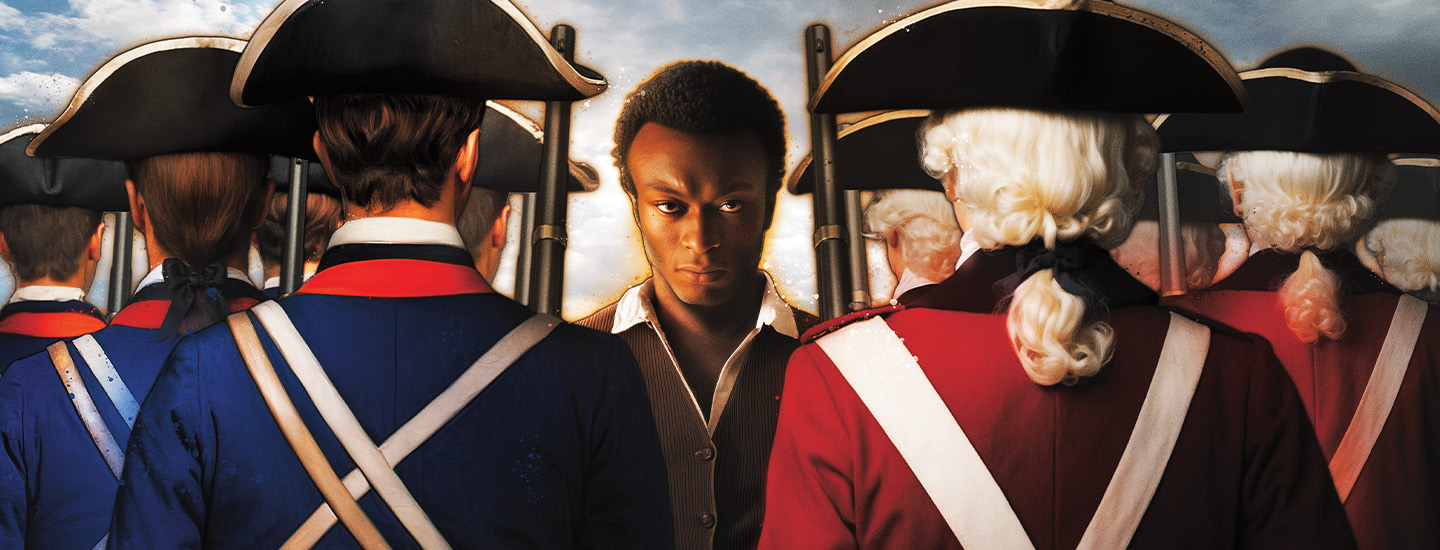© 2017 The Colonial Williamsburg (Stephen Seals)
This is Stephen Seals. He plays James Lafayette at Colonial Williamsburg. (That’s a living history museum in Virginia.) Watch our interview with him below
Like all great spy stories, this one is full of mystery.
Here’s what we know. On a spring day in 1781, a Black man named James did something very dangerous. He crossed into enemy territory. This was six years into the American Revolution. A powerful British army was marching through Virginia. It was trying to crush the American army once and for all.
James raced across miles of fields and forests. He climbed over rocks and fallen trees. Finally, he found what he was searching for—a British army camp. James carried no weapon. Still, he walked boldly into the camp.
When British soldiers stopped him, he had his story ready. James told them he had been born into slavery nearby. He’d just escaped and wanted to join the British side. He’d grown up in this part of Virginia. He could show British soldiers secret paths through the woods.
British generals needed this sort of inside information about their enemy. So they welcomed James into their camp.
It was a decision they would soon regret.
Like all great spy stories, this one is full of mystery.
Here’s what we know. One day in 1781, a Black man named James did something risky. He entered an enemy camp. This was during the American Revolution. A strong British army was marching through Virginia. It meant to crush the American army.
James raced across fields and forests. He climbed over rocks and fallen trees. Finally, he reached a British army camp. He had no weapon. Still, he walked right in.
When British soldiers stopped him, he had his story ready. James said he had been born into slavery nearby. He’d just escaped and wanted to join the British side. He knew the area. He could show British soldiers secret paths through the woods.
British generals needed this information. So they welcomed James into their camp.
It was a decision they would soon regret.
Like all great spy stories, this one is full of mystery.
Here’s what we know. On a spring day in 1781, a Black man named James did something very dangerous—he crossed into enemy territory. This was six years into the American Revolution. A powerful British army was marching through Virginia, determined to crush the American army once and for all.
James raced across miles of fields and forests, scrambling over rocks and fallen trees, until he finally found what he was searching for—a British army camp. Although James carried no weapon, he walked boldly into the camp.
When British soldiers stopped him, he had his story ready. James told them he had been born into slavery nearby, had just escaped, and wanted to join the British side. He’d grown up in this part of Virginia and could show British soldiers secret paths through the woods.
British generals needed this sort of inside information about their enemy, so they welcomed James into their camp.
It was a decision they would soon regret.

